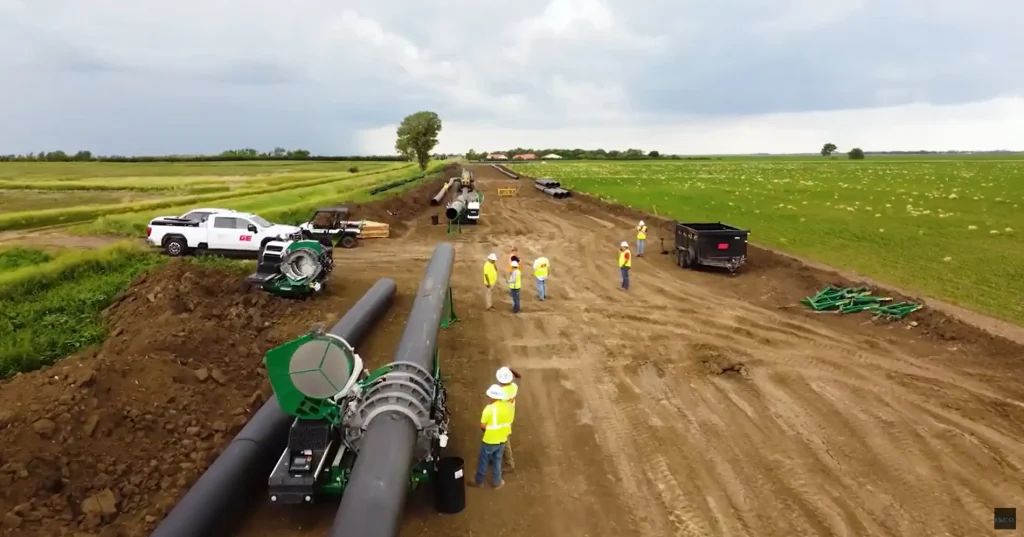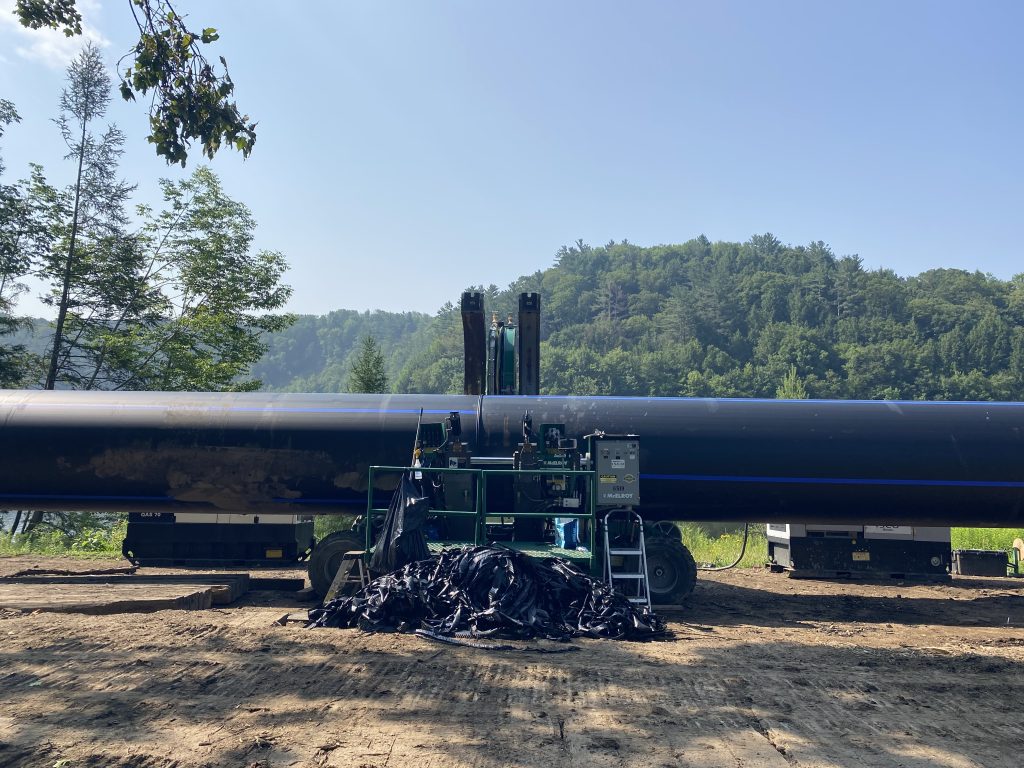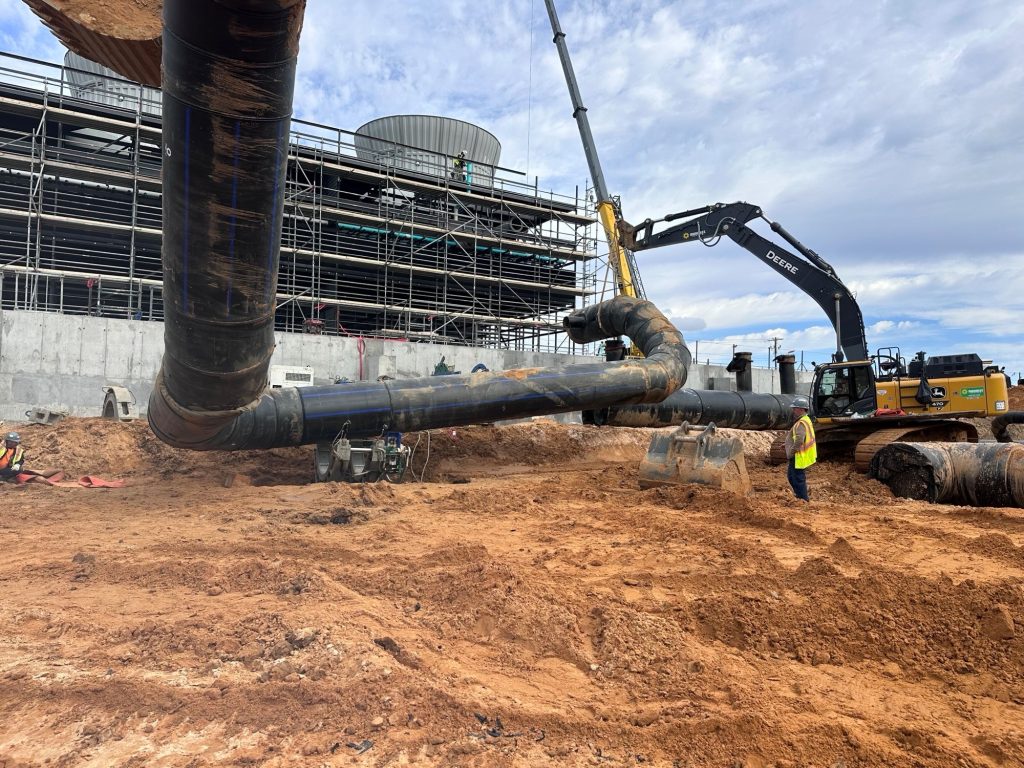Resources
Field Reports
Storm Drain Relined with Snap-Tite® to Protect Road Entrance to Maine School
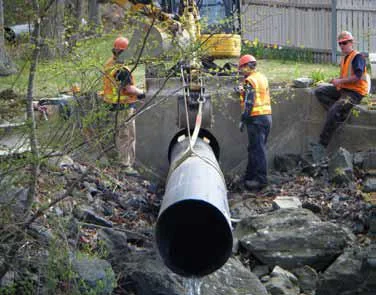
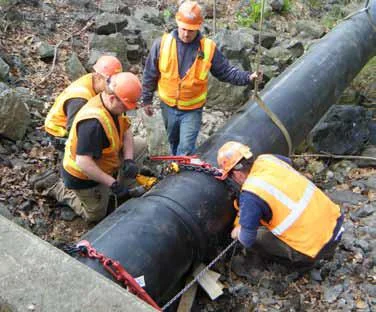
The Problem
A 250-foot, 30-inch diameter storm drain culvert located underneath a roadway entrance to a school in Kennebunk, Maine started to fail. Sink holes developed alongside the road slope adjacent to the school entrance. Visual and video inspection of the storm drain confirmed that the culvert had severely deteriorated and there was evidence of joint failure.
The Kennebunk School Department needed an unobtrusive, safe and cost-effective method to fix the culvert without shutting down the road. Digging and replacing the damaged corrugated metal pipe (CMP) was not an option.
The Solution
Snap-Tite representative Brian Zagrodny and Bill Varney of E.J. Prescott, a Snap-Tite distributor, worked on a solution with the school’s contractor Ted Berry Company, Inc. of Livermore, Maine. It was determined that lining the failing culvert was the best method of repair, as opposed to a traditional dig and replace method. Given the site conditions and scope of work, the Snap-Tite culvert lining system was the preferred solution for relining the culvert.
The Snap-Tite system is made of high-density polyethylene (HDPE) pipe. Snap-Tite’s patented male/female machining at each end of the HDPE allows the pipe ends to be ‘snapped’ together, piece-by-piece, and pushed into the full length of the existing pipe. The pipe liner is available in lengths from two feet to 50 feet, and is available for culverts with diameters from eight inches to 84 inches. However larger diameters are available on special request.
Snap-Tite supplied a total of 250 feet of 24-inch Snap-Tite pipe. The pipe sections were each 24 feet long.
The Installation
The installation took place on the side of the road without any excavation or open cutting of the area, so there was no disruption to the road or to traffic. Using Snap-Tite pipe helped the contractor complete the project quickly and eliminated any need for specialized equipment.
All that was required to snap the pipe liner together was a come-along and chains. To line the 30-inch CMP, one section of Snap-Tite pipe was first slid inside the old culvert. Then the next section was snapped on using the come-along and chains. This process was repeated until the liner was in place from end-to-end. Finally, grout was used to fill in any annular space between the old pipe and the new pipe liner.
The school was pleased with the outcome of the project and its timely completion.
